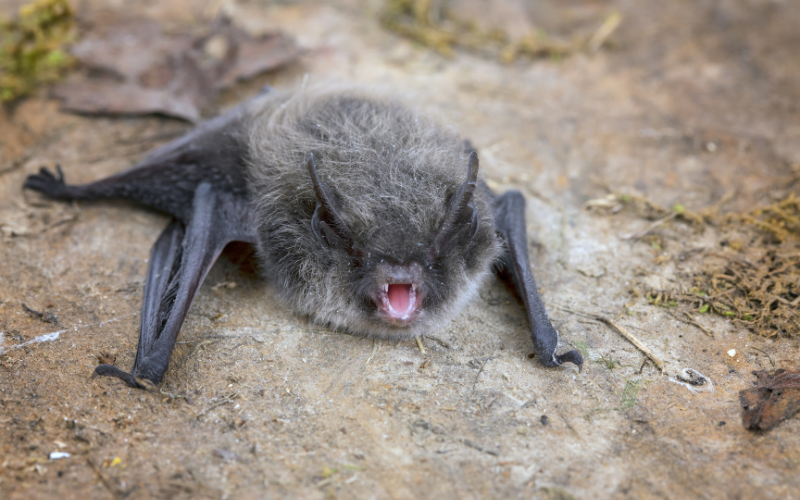
Rabies in bats
Although highly unlikely, it is possible for a bat infected with rabies to pass the disease onto other mammals including humans. Landscape operations may require operatives to work in areas habited by bats (e.g. structures such as bridges adjacent to infrastructure soft-estate and mature trees) which warrant caution and awareness amongst managers and operatives.
Cases of rabies in Great Britain are rare but occur each year, most recently in the south of England in coastal areas. The most recent case of rabies in a bat was Poole, Dorset, in June 2022.
Rabies is present in the saliva of infected bats and usually spread by the bite of an infected bat. The disease can also be spread if the saliva of an infected animal gets into open wounds or mucous membranes such as the nostrils, mouth and lips, eyelids and ears.
Symptoms of the disease in humans includes:
- Anxiety, headaches and fever in early stages
- Spasms of the swallowing muscles making it difficult or impossible to drink
breathing difficulties - There are vaccinations against rabies, and the disease can normally be prevented if treated soon after exposure
To avoid all risk:
- Assume that all bats are possible carriers of rabies
- Avoid touching bats, living or dead, whenever possible
Operatives who are bitten or scratched by a bat must:
- Wash the wound or contact area with soap and water
- Disinfect the wound
- Contact a doctor immediately who will decide whether you need treatment
Further reading:
